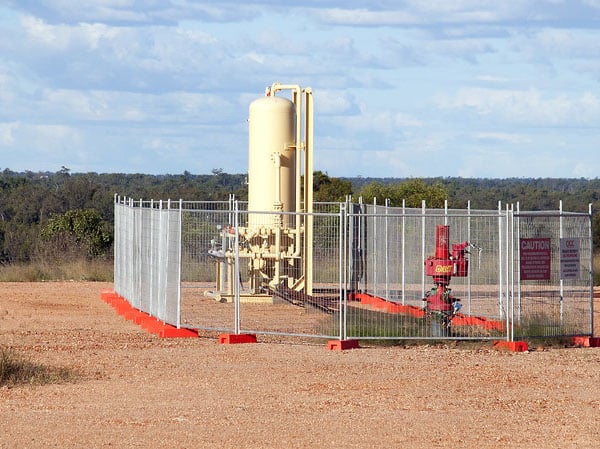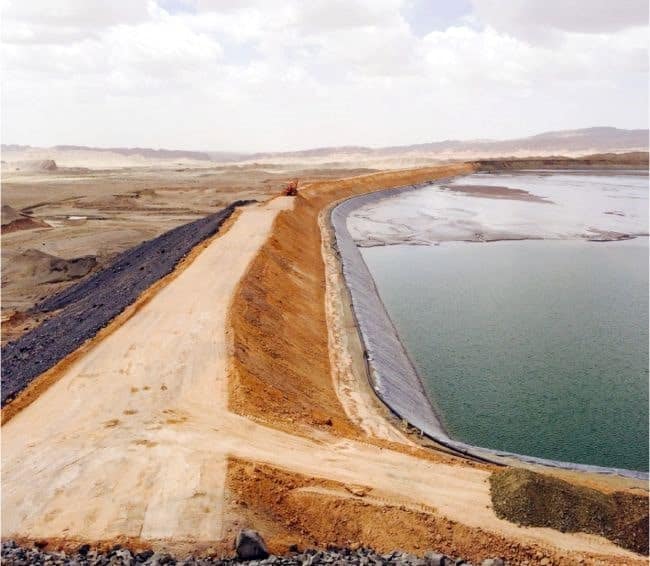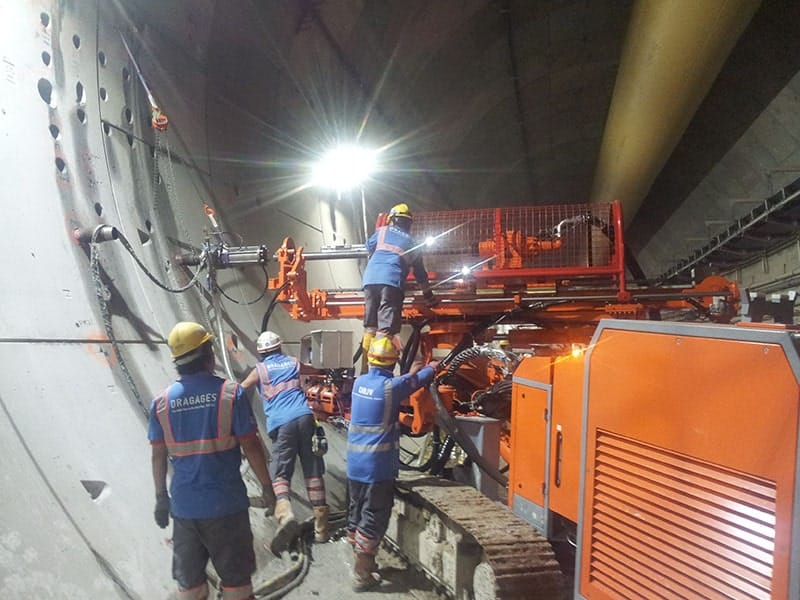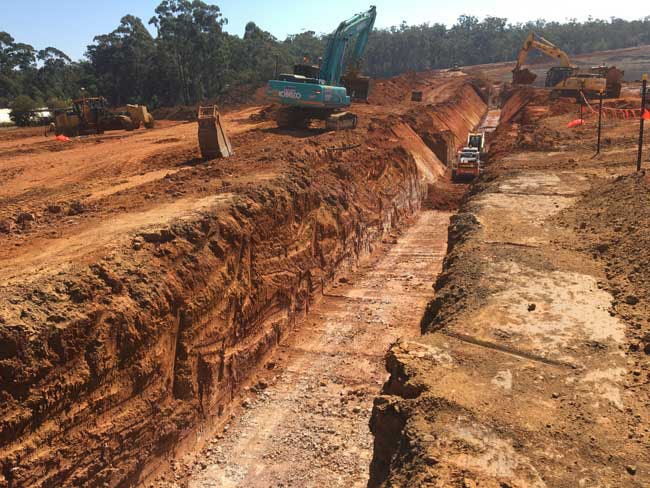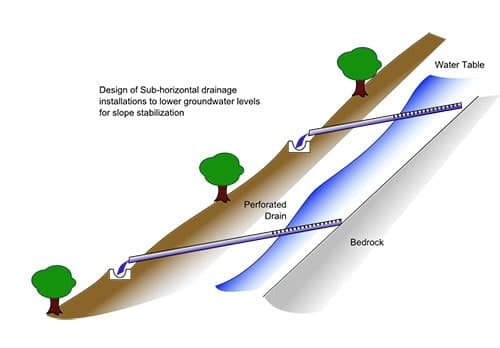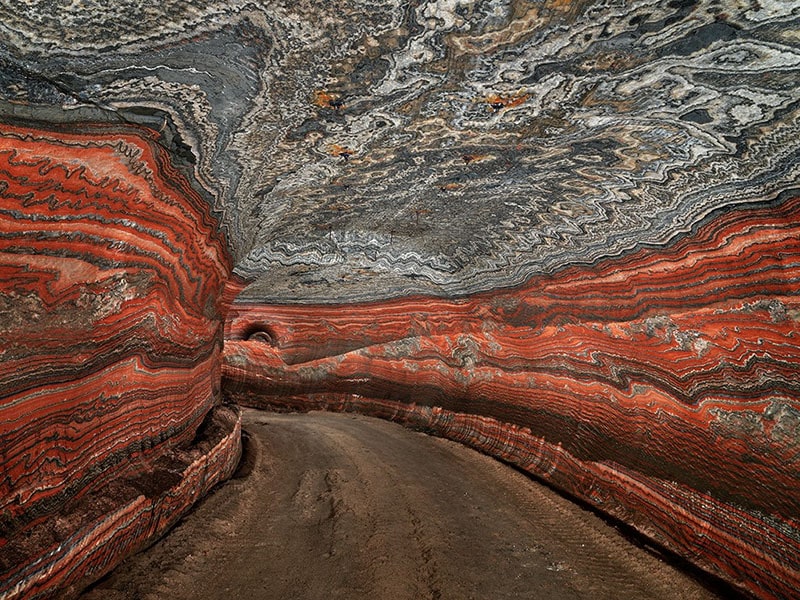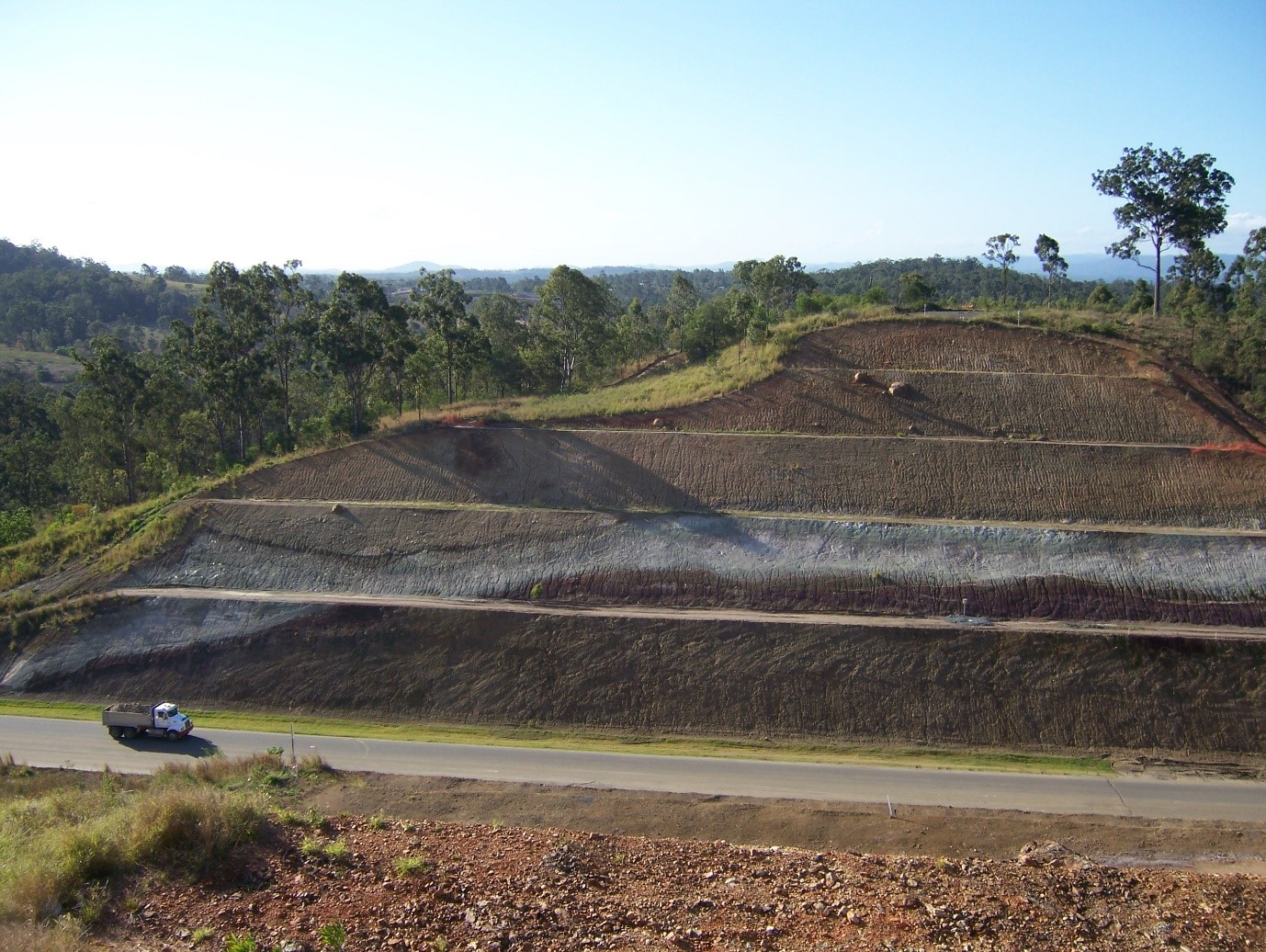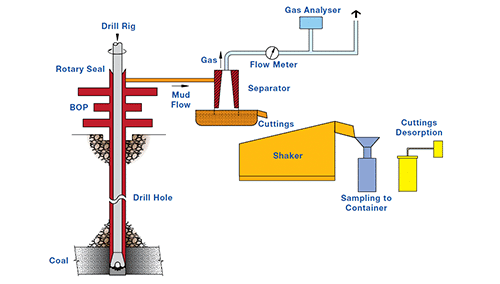Following the geology, the key parameters are:
Where mixed phases (gas, water, oil) occur in the same rock, the behaviour changes considerably from that of a single phase. Each fluid that is present will get in the way of another, impeding or actually stopping flow. This applies equally to a coal seam containing gas and water, or the movement of water and air in the vadose (unsaturated) zone of a soil.
This is most marked in coals where the permeability may change by orders of magnitude due to changes that occur with production or drainage.
Permeability is a measurement of fluid flow. Fluids may be liquids or gasses.
Another characteristic of some rocks and soils is the change in permeability that occurs with changing effective stress. Effective stress (σ’) acting on a rock or soil is calculated from two parameters, total stress (σ) and pore pressure (υ). (σ’ = σ – υ). Pore pressure is the pressure of the fluid in the pore space of the rock. Porosity or void fraction is a measure of the void (empty) spaces in the material and is the fraction of the volume of the voids over the total volume. Porosity of a rock varies because of the size and shape of the grains.
Sigra has developed specific techniques to measure single and multiphase permeability and the storage associated with the fluid in the ground. It has also developed appropriate pressure measurement systems to monitor fluid pressures. These include techniques that are suitable for shallow civil engineering works or for deep monitoring holes in a gas field.
Sigra has also developed stress path analysis to track the changes on permeability that occur in stress sensitive rocks such as coals.



